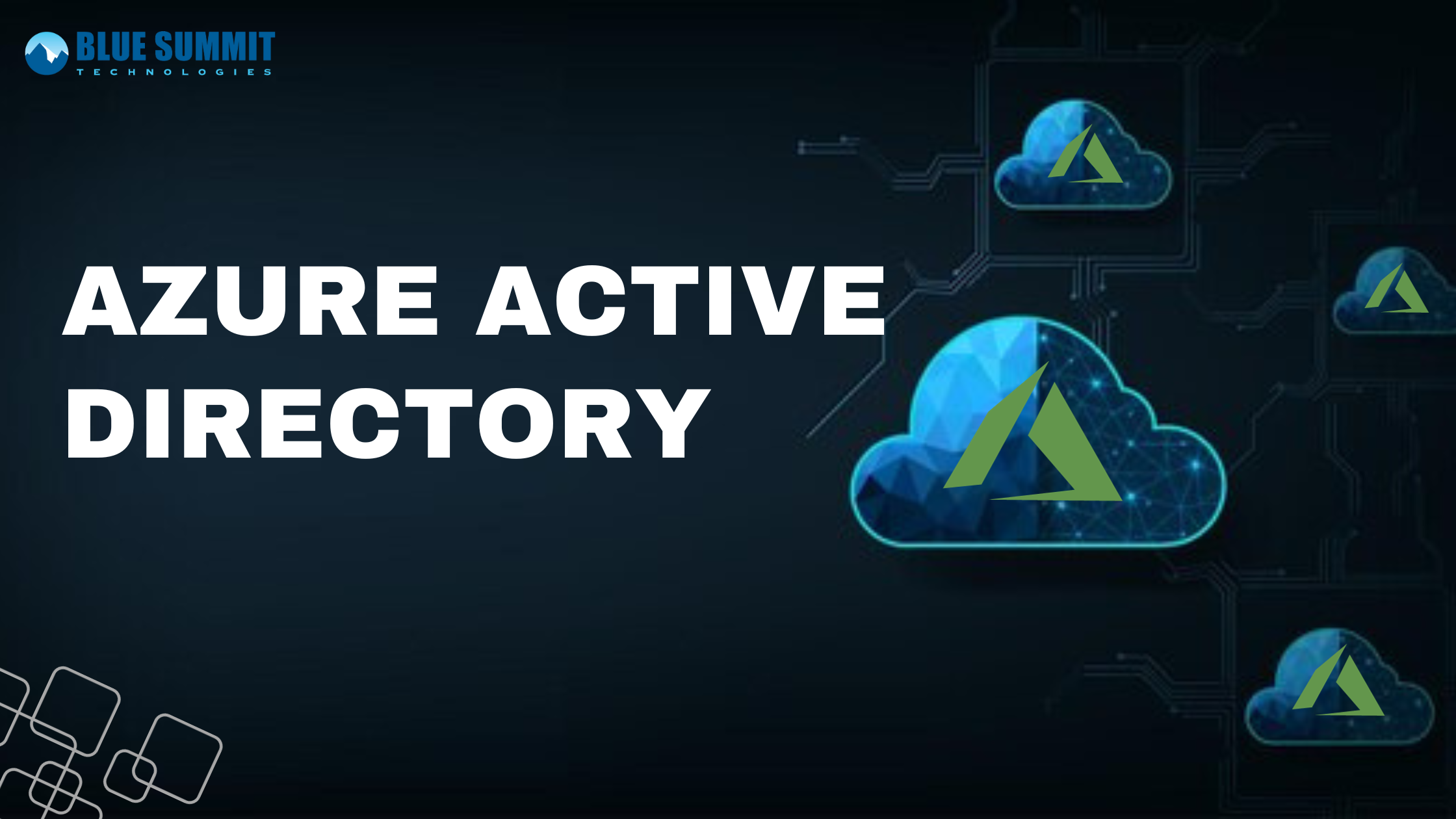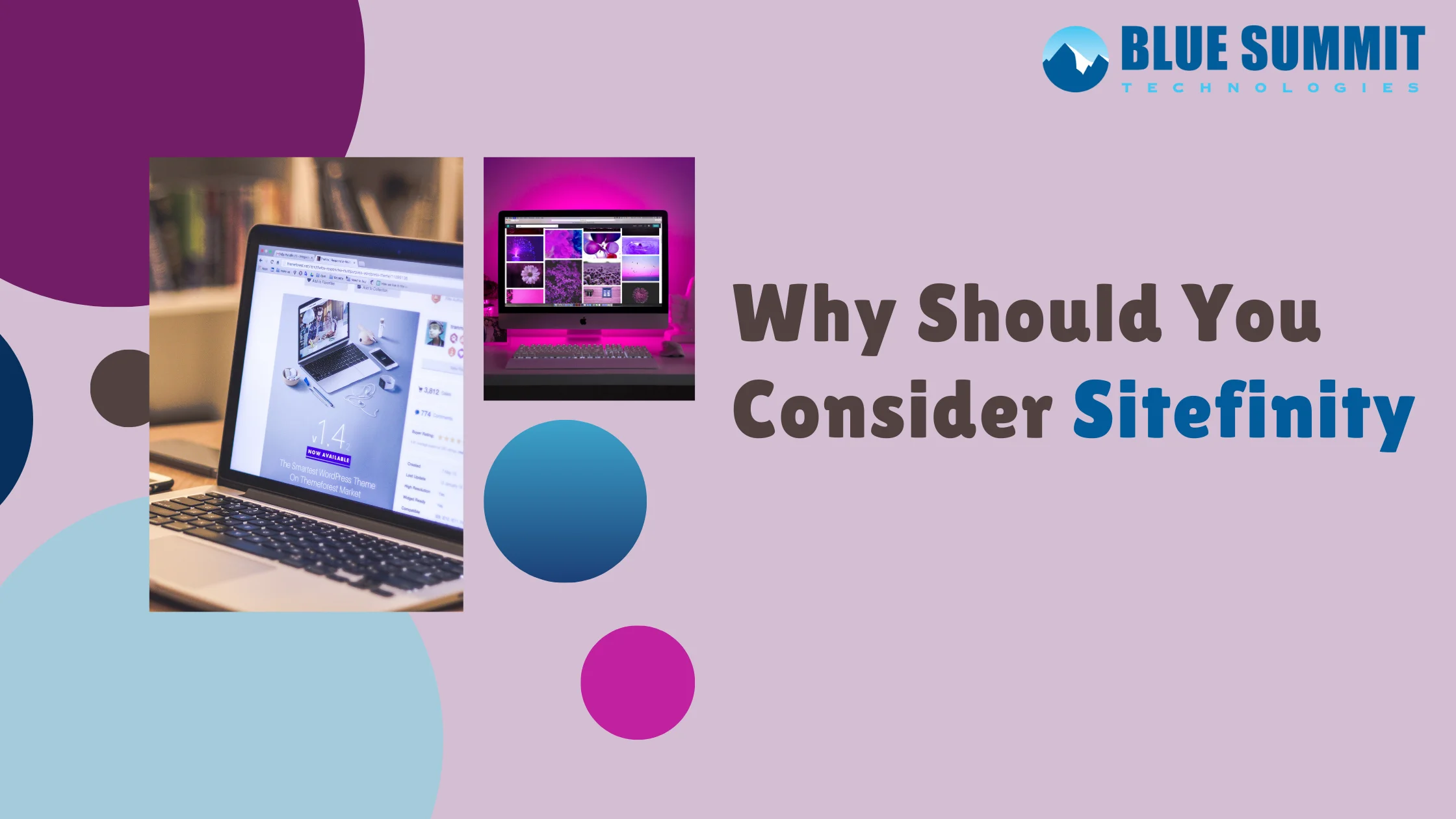
Posted on Saturday, Oct 07th, 2023
Azure AD Connect: Bridging On-Premises and Cloud Identities
In today's rapidly evolving IT landscape, cloud computing has become an integral part of most organizations' technology strategies. Microsoft's Azure Active Directory (Azure AD) is at the forefront of cloud identity and access management solutions, offering a powerful platform for managing user identities and providing secure access to cloud resources. However, many organizations still rely on on-premises Active Directory for their identity management needs. This is where Azure AD Connect comes into play.
Azure AD Connect is a critical component that enables seamless integration between on-premises and cloud identities. It serves as the bridge that connects your existing Active Directory infrastructure with Azure AD, allowing you to leverage the benefits of cloud-based services like Microsoft 365 (formerly Office 365) while maintaining a unified identity ecosystem.
Why Azure AD Connect Matters
As organizations increasingly adopt cloud services and hybrid IT environments, managing user identities and ensuring secure access to resources becomes more complex. It addresses several key challenges:1. Single Sign-On (SSO)
Azure AD Connect enables Single Sign-On, allowing users to access both on-premises and cloud resources with a single set of credentials. This enhances user productivity and reduces the burden of managing multiple passwords.2. Identity Consolidation
It consolidates user identities from on-premises Active Directory into Azure AD, ensuring that user profiles and attributes are synchronized across both environments. This streamlines administration and provides a consistent user experience.3. Security
This helps maintain strong security by ensuring that security policies and access controls defined in on-premises Active Directory are extended to cloud resources. This consistency is crucial for safeguarding sensitive data.4. Hybrid Scenarios
It supports various hybrid scenarios, such as Exchange hybrid deployments, which allow organizations to migrate their email systems to the cloud gradually.5. Azure AD Connect Features
It offers a rich set of features that facilitate seamless integration:
6. User Account Synchronization
It synchronizes user accounts, including attributes like usernames, passwords, and group memberships, between on-premises Active Directory and Azure AD.
7. Password Hash Synchronization
It securely synchronizes password hashes, allowing users to sign in to Azure AD with their on-premises passwords. This eliminates the need to maintain separate passwords for cloud services.
8. Pass-Through Authentication (PTA)
PTA allows authentication requests to be validated against on-premises Active Directory in real-time. It provides a secure authentication method for cloud-based applications.
9. Federation Integration
It supports federation with on-premises Active Directory Federation Services (AD FS) for organizations requiring more advanced authentication scenarios.
10. Customizable Synchronization
Organizations can customize which objects and attributes are synchronized, ensuring flexibility in identity management.
Setting Up Azure AD Connect
Deploying Azure AD Connect involves several key steps:
1. Prerequisites
Ensure that you’re on-premises Active Directory is healthy and up-to-date. You'll also need a server to install Azure AD Connect.
2. Installation
Download and install it on a suitable server in your on-premises environment.
3. Configuration
During the installation process, configure Azure AD Connect by specifying the synchronization options, including which users and attributes to synchronize.
4. Initial Synchronization
Perform an initial synchronization to ensure that existing user accounts and attributes are replicated to Azure AD.
5. Ongoing Synchronization
It continually monitors changes in your on-premises directory and replicates them to Azure AD, ensuring that both environments remain synchronized.
Best Practices for Azure AD Connect
To make the most of Azure AD Connect, consider implementing the following best practices:
1. Regular Updates
Keep it up-to-date to benefit from new features, bug fixes, and security enhancements.
2. High Availability
Deploy this in a highly available configuration to ensure uninterrupted synchronization, even in the event of hardware failures.
3. Monitoring and Reporting
Regularly review synchronization logs and use Connect Health for monitoring and diagnostics to identify and address any issues promptly.
4. Backup and Recovery
Implement a backup and recovery strategy to protect against data loss.
5. Documentation
Maintain comprehensive documentation of your configuration for reference and troubleshooting.
Conclusion
Azure AD Connect is the linchpin in seamlessly integrating on-premises and cloud identities. By connecting to Azure AD, organizations can unlock the full potential of cloud services like Office 365 while maintaining the security and control they need. Understanding the capabilities, its role in Azure AD integration, and its interaction with Azure AD for Office 365 and Azure AD Domain Services is essential for organizations looking to thrive in the cloud era.
Blue Summit is a leading Azure Active Directory (Azure AD) provider, dedicated to delivering a comprehensive range of services tailored to the unique needs of our clients. Our commitment extends beyond merely offering competitive pricing and services; we take pride in going the extra mile to enhance our clients' offerings, providing them with customized and value-added solutions.
Now make Azure AD Connect your ally in your journey to the cloud!
Blue Summit has collaborated with OdiTek Solutions, a frontline custom software development company. It is trusted for its high service quality and delivery consistency. Visit our partner's page today and get your business streamlined.
REFER TO OTHER RELEVANT CONTENTS

Azure AD Connect: Bridging On-Premises and Cloud Identities
In today's rapidly evolving IT landscape, cloud computing has become an integral part of most organizations' technology strategies. Microsoft's Azure Active Directory (Azure AD) is at the forefront of cloud identity and access management solutions, offering a powerful platform for managing user identities and providing...
read more
Managed Services
In a business, managing user workstations is a difficult and time-consuming task. Additionally, many businesses lack the resources to support their IT infrastructure with in-house experts. Fortunately, there is an easy fix for this. As a managed services provider we, at, BlueSummit supply the personnel you require, precisely where you require them, allowing you to focus on running your company rather than worrying about your IT.
read more







